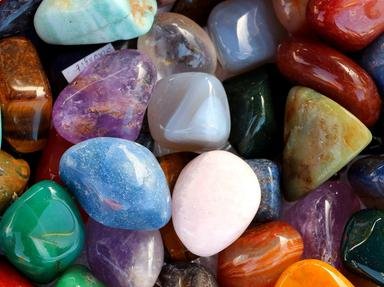
A Gorgeously Gem-Studded Quiz
If you love gemstones, this quiz will be right up your alley! Though the gems featured here may not be as famous or valuable as diamonds and rubies, they are all beautiful - and easier on your wallet. Can you pick them out?
A collection quiz
by LadyNym.
Estimated time: 3 mins.